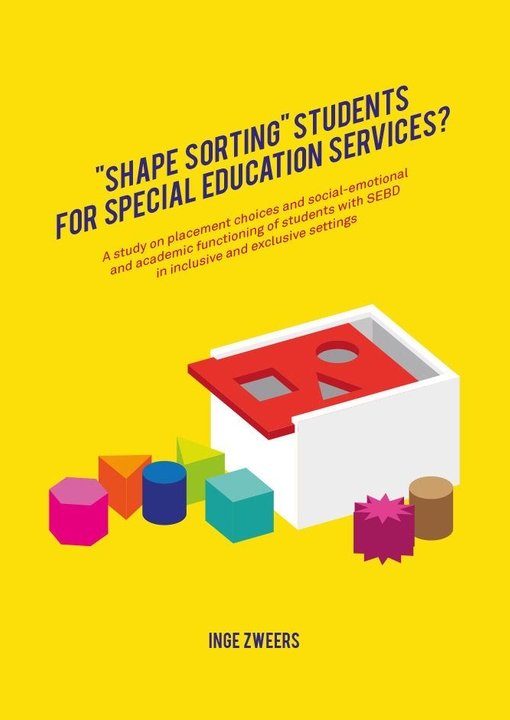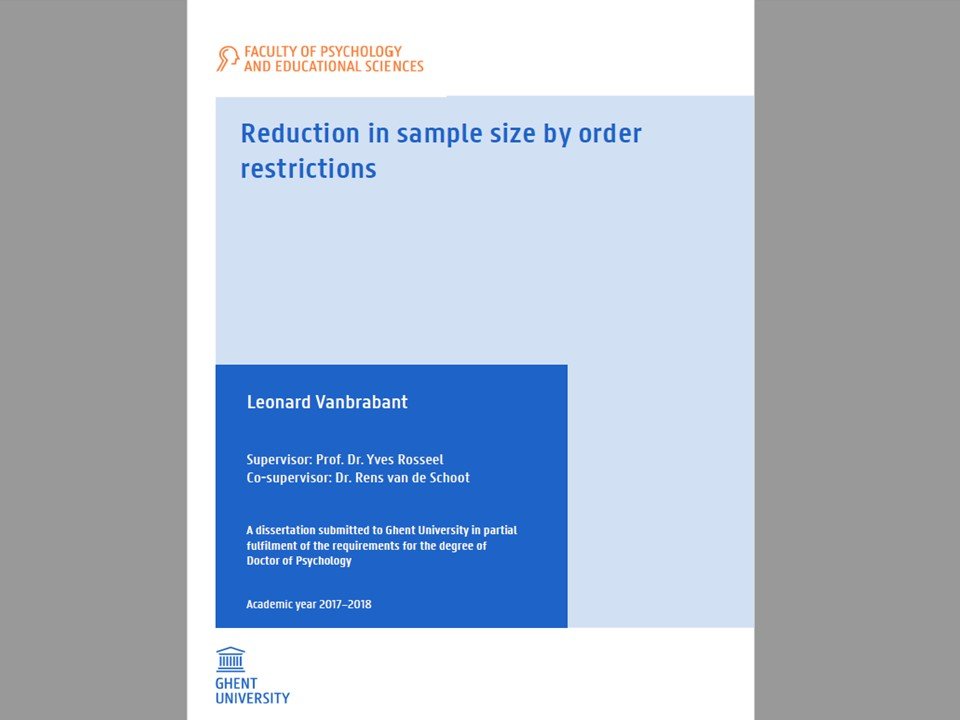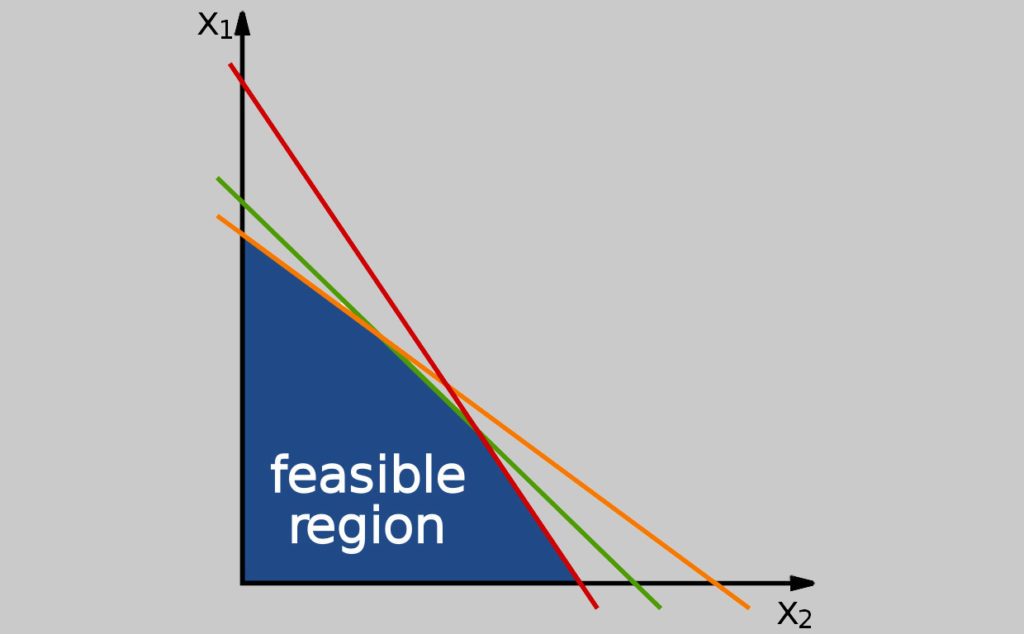“Shape sorting” students for special education services?
In this dissertation, we focused on two alternative approaches to evaluate the hypothesis of interest more directly, i.e. informative hypothesis testing and model selection using order-restricted information criteria.
Manipulating the alpha level cannot cure significance testing
We argue that depending on p-values to reject null hypotheses, including a recent call for changing the canonical alpha level for statistical significance from .05 to .005, is deleterious for the finding of new discoveries and the progress of cumulative science.
Reduction in sample size by order restrictions
In this dissertation, we focused on two alternative approaches to evaluate the hypothesis of interest more directly, i.e. informative hypothesis testing and model selection using order-restricted information criteria.
A General procedure for Testing Inequality Constrained Hypotheses in SEM
Researchers in the social and behavioral sciences often have clear expectations about the order and/or the sign of the parameters in their statistical model. For example, a researcher might expect that regression coefficient β1 is larger than β2 and β3.
Computing complexity for the Bayes Factor in inequality constrained hypotheses
The computation of complexity for the Bayes Factor is described in this tutorial.
Direct Aggression and Generalized Anxiety in Adolescence: Heterogeneity in Development and Intra-Individual Change
Co-occurrence of aggression and anxiety might change during adolescence, or stay stable. We studied change and stability of four types of co-occurrence regarding direct aggression and anxiety in adolescence: an anxious and non-aggressive type, an aggressive and non-anxious type, a comorbid aggressive-anxious type and a no problems type.
Possible Solution to Publication Bias Through Bayesian Statistics
The present paper argues that an important cause of publication bias resides in traditional frequentist statistics forcing binary decisions. An alternative approach through Bayesian statistics provides various degrees of support for any hypothesis allowing balanced decisions and proper null hypothesis testing, which may prevent publication bias.
Social Influence Interpretation of Interpersonal Processes and Team Performance Over Time Using Bayesian Model Selection
The team behavior literature is ambiguous about the relations between members’ interpersonal processes—task debate and task conflict—and team performance. From a social influence perspective, we show why members’ interpersonal processes determine team performance over time in small groups.
Constrained statistical inference: sample-size tables for ANOVA and regression
Researchers in the social and behavioral sciences often have clear expectations about the order/direction of the parameters in their statistical model. For example, a researcher might expect that regression coefficient β1 is larger than β2 and β3.
Bayesian evaluation of informative hypotheses in SEM using Mplus: A black bear story
Half in jest we use a story about a black bear to illustrate that there are some discrepancies between the formal use of the p-value and the way it is often used in practice. We argue that more can be learned from data by evaluating informative hypotheses, than by testing the traditional null hypothesis.
“Is the Hypothesis Correct” or “Is it Not”: Bayesian Evaluation of One Informative Hypothesis for ANOVA
Researchers in the behavioral and social sciences often have one informative hypothesis with respect to the state of affairs in the population from which they sampled their data. The question they would like an answer to is “Is the Hypothesis Correct” or “Is it Not.”
Bayesian Evaluation of Inequality-Constrained Hypotheses in SEM Models using Mplus
Researchers in the behavioral and social sciences often have expectations that can be expressed in the form of inequality constraints among the parameters of a structural equation model resulting in an informative hypothesis. The questions they would like an answer to are “Is the hypothesis Correct” or “Is the hypothesis incorrect”?













